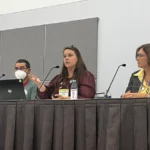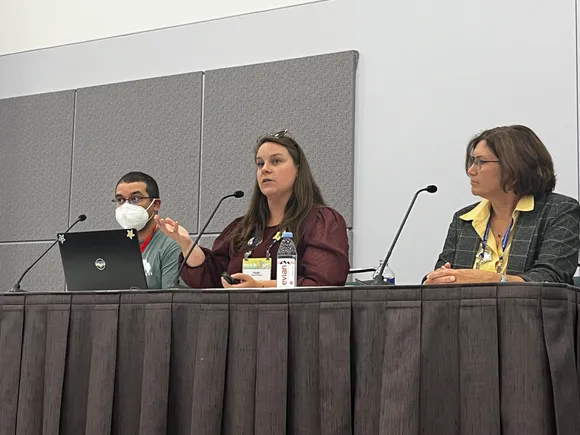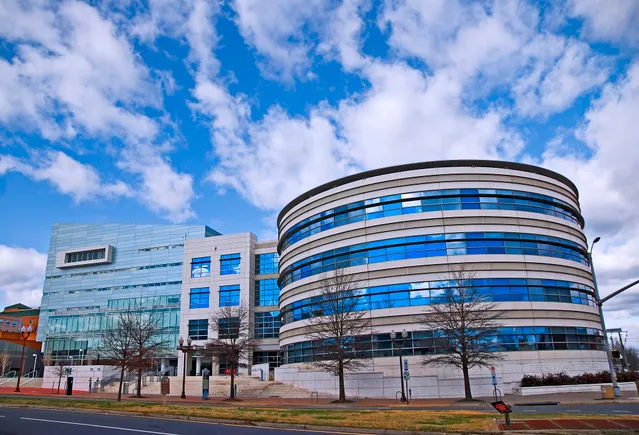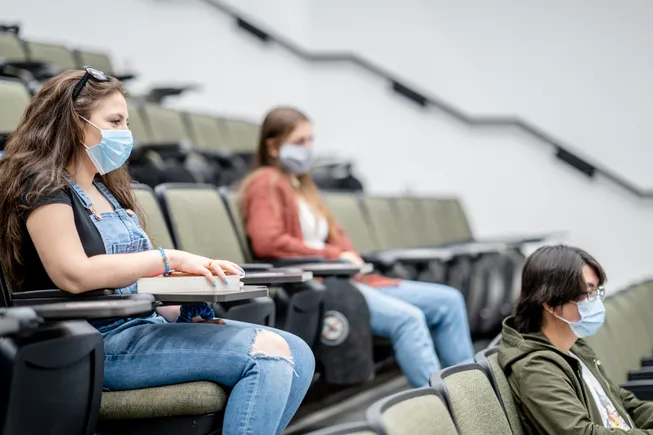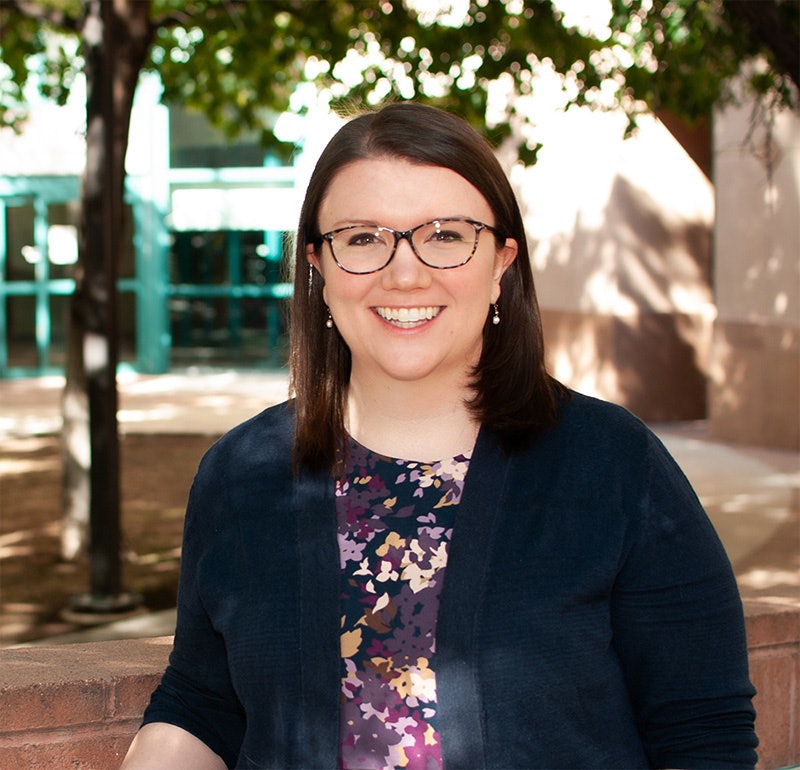LOS ANGELES — About 20% of the U.S. population lives in rural areas, according to U.S. Census data. Yet experts say college officials often aren’t doing enough to recruit and support these students on their campuses.
Even when colleges make an effort to recruit from rural America, a one-size-fits-all approach won’t work, Marjorie Betley, deputy director of admissions at the University of Chicago, told attendees at the National Association for College Admission Counseling’s annual conference last week.
“If you know one rural place, you only know one rural place,” she said. “Rural New Mexico is very different from rural Maine, which is very different from rural Alaska and everywhere in between.”
Betley and other expert higher education panelists urged college officials to seek talented applicants outside of well-resourced metropolitan areas and shared advice from their experiences recruiting and supporting these students.
Firm up outreach to rural students
Colleges’ biggest challenge when connecting with rural students is inherent to the demographic — they live in small groups in locations that can be challenging to reach.
New Mexico has roughly the same number of high school students as the Chicago Public Schools, but they are spread out over the country’s fifth largest state by land mass, according to Matt Ybarra, program director for Rural Opportunities for College Access New Mexico. ROCA NM is dedicated to expanding out-of-state college access for New Mexico’s first-generation rural students.
An urban high school could get visits from around 30 college counselors a week during admissions season, according to Risa Tewksbury, associate director of undergraduate admission at the University of Southern California. In contrast, the average rural high school could get 10 in an academic year.
This gap means that rural students often don’t know the sheer number of options available to them, Betley said. When Betley has asked these students how many colleges they think are in the U.S., they’ve typically guessed around 90.
“When I say there are 4,000, that is mind-blowing. That is above and beyond anything that they could have imagined,” she said.
Webinars and virtual programs are an important part of outreach, and USC hosts one or two a month, Tewksbury said. But she stressed that they can’t be the only way colleges try to engage rural students, due to the digital divide.
According to U.S. Census data, 13% of rural households don’t have a broadband internet subscription, compared with 9% of urban households.
If a college makes an effort to show up regularly to a rural high school, it leaves an impression with both the students and the staff, Ybarra told attendees. Many schools are only accustomed to visits from nearby community colleges and military recruiters.
Support students’ hometowns
About 80% of adults in rural areas don’t have a four-year degree, U.S. Census data shows. That means many students would not only be the first in their families to attend college but would also struggle to find a mentor in their community who can help them navigate the college process, Betley said.
Panelists emphasized that high schools in rural areas are often underresourced, leaving them ill-equipped to help students do anything beyond finishing high school.
Ybarra, who graduated high school in New Mexico, said he wrote his high school’s profile for college admissions and recruiting officials because his counselor wasn’t familiar with the process.
On the northern edge of the country, in rural Michigan, there is one counselor or school psychologist for about 570 students, Betley noted.
“That’s a load that is in no way tenable,” she said.
To help combat these issues, USC invites currently enrolled students from rural areas to act as university ambassadors in their hometowns, Tewksbury said. This allows prospective applicants to learn about the college process from familiar faces and gives them an example of someone who successfully navigated the system.
The feedback from the college students has been overwhelmingly positive, she said, and many have asked to participate again.
However, colleges can’t just siphon talented high school students away from their small towns, Betley said. They should help rural students find ways to contribute to those areas post-graduation, as well as those from urban and suburban students.
“We cannot just swoop in and take the best and brightest and just say, ‘Oh, good job us,'” Betley said. “We want this to be a two-way highway, not a one-way brain drain.”
Recognize rural students strengths
Students from small towns and rural communities can be vital assets to any campus community, Tewksbury said.
“They come to us much more independent and able to advocate for themselves than some of our more traditional students from those well-resourced high schools,” she said.
But admissions officers need to be trained on what to look for and appreciate when reviewing rural students’ applications, she said. These students are unlikely to have accolades comparable to those of their well-resourced counterparts because they didn’t have a chance to join a dozen clubs or publish research.
Instead, their applications are likely to include participation in groups like 4-H — a youth development organization with a focus on agriculture and a strong foothold in farming communities.
“Because many of them are in education deserts, we need to recognize that being a leader in their 4-H or their Future Farmers of America is even more valid,” Tewksbury said.
Work experience should also be given weight, especially as many students likely would need employment to help support their families, she said.
We cannot just swoop in and take the best and brightest and just say, ‘Oh, good job us.’ We want this to be a two-way highway, not a one-way brain drain.

Marjorie Betley
Deputy director of admissions at the University of Chicago
In addition to traits traditionally associated with the country’s rural communities, like resilience and grit, they also bring a deep well of empathy, Betley said.
Like the rest of the country, rural America is not a monolith, she said, and neighbors often have very different values and beliefs. But people in rural regions are more likely to live in the same area for their entire lives, she said.
“You have to just learn how to get along because you’re not moving and they’re not moving,” Betley said. “So you build this very unique set of interpersonal and empathy skills.”
Help students meet curricular requirements
Half of U.S. high schools do not offer calculus, according to a 2022 report from Just Equations and NACAC. But some colleges or specific degree programs have math requirements that students from these schools don’t have the opportunity to meet.
The pandemic exacerbated these challenges, according to Ybarra. Some students he’s worked with said their schools were unable to find a qualified teacher for upper-level math classes.
Others have never taken a language class. And the University of New Mexico is one of many colleges that has a foreign language requirement for its applicants. That can discourage high school students from even applying, Ybarra said.
“Most rural students will end up needing to get that waived just to be able to access the flagship institution in our state,” he said.
Native leaders in the state are working to teach high school students the Indigenous languages of their tribes. In turn, ROCA NM has started discussions with state colleges about whether such efforts could meet certain foreign language requirements, Ybarra said.
Nationally, colleges can provide applicants with alternative pathways to meet requirements through partnerships with educational nonprofits like Khan Academy, QuestBridge and Schoolhouse, Tewksbury said.
“On Schoolhouse, for example, students can take math or science curriculum and show proficiency,” she said. “They can then upload that certificate of completion to their colleges in the application process.”
Forge cross-college partnerships
In-person outreach to far-flung communities can be expensive, but panelists said partnerships between colleges can help make such undertakings more feasible.
One such collaboration is the Small Town and Rural Students, or STARS, College Network, which began in 2023. That year, 16 STARS institutions collectively visited over 1,110 rural high schools, according to Tewksbury. By partnering, colleges can share expenses and lessen the strain on their travel budgets, she said.
The network, which includes University of Chicago and USC, is growing quickly. STARS has 32 members, up from its founding 16 institutions.
Betley agreed that sharing costs like car rentals gives admissions officers “more bang for your buck.”
“At the same time, it’s not about our individual institutions,” she said. “It is about college access in general.”
#ways #colleges #improve #outreach #rural #students


